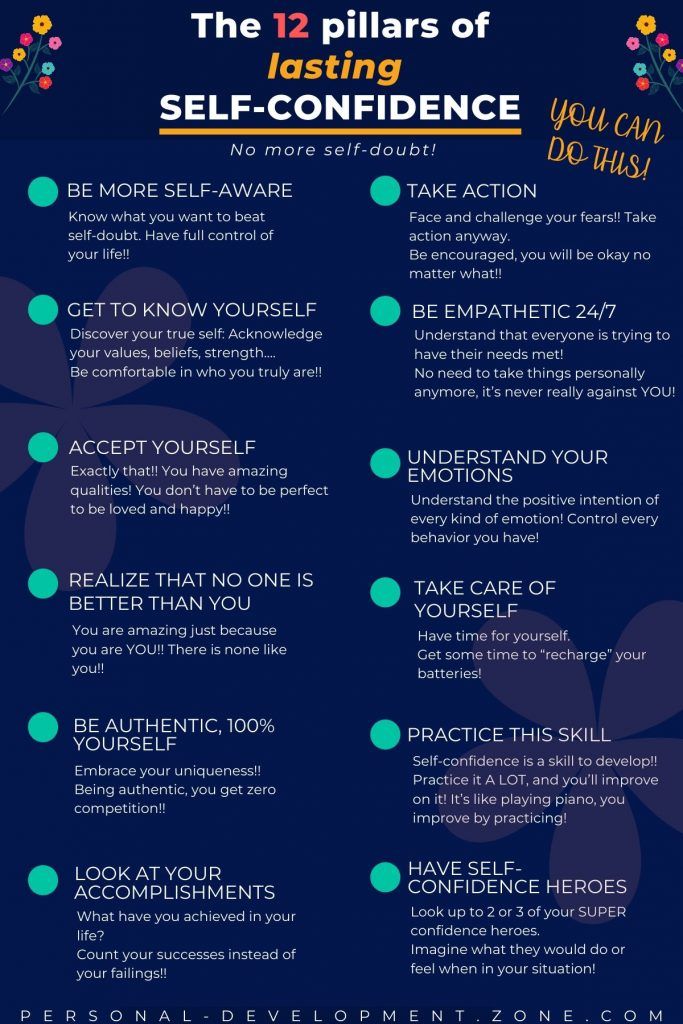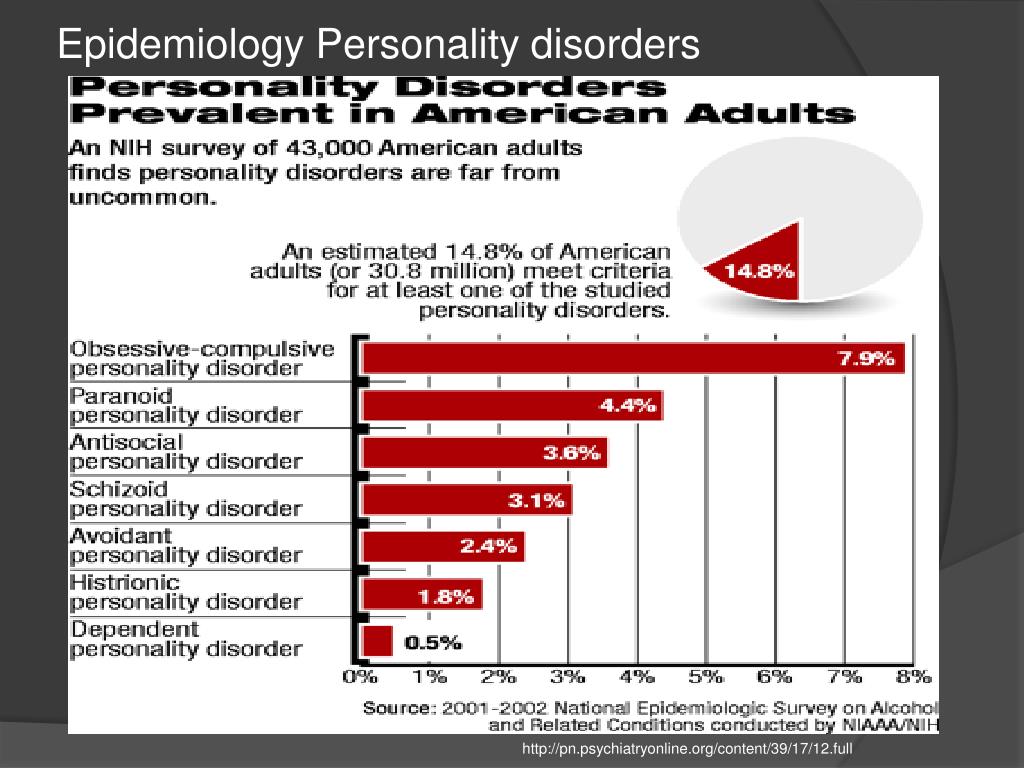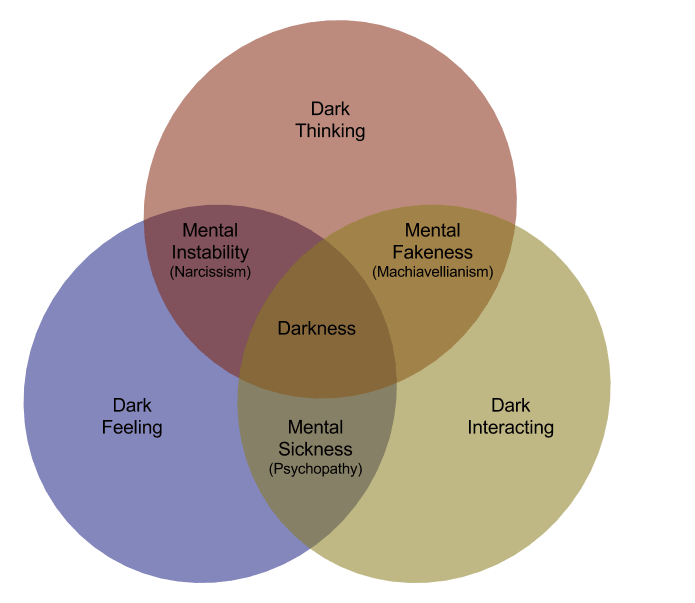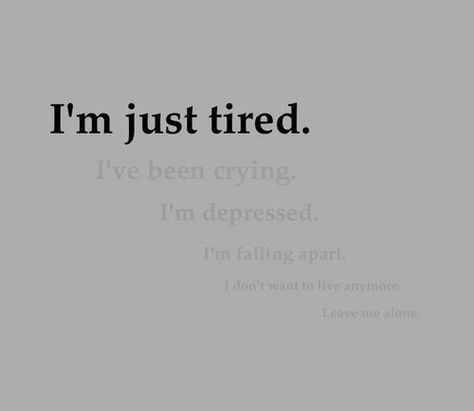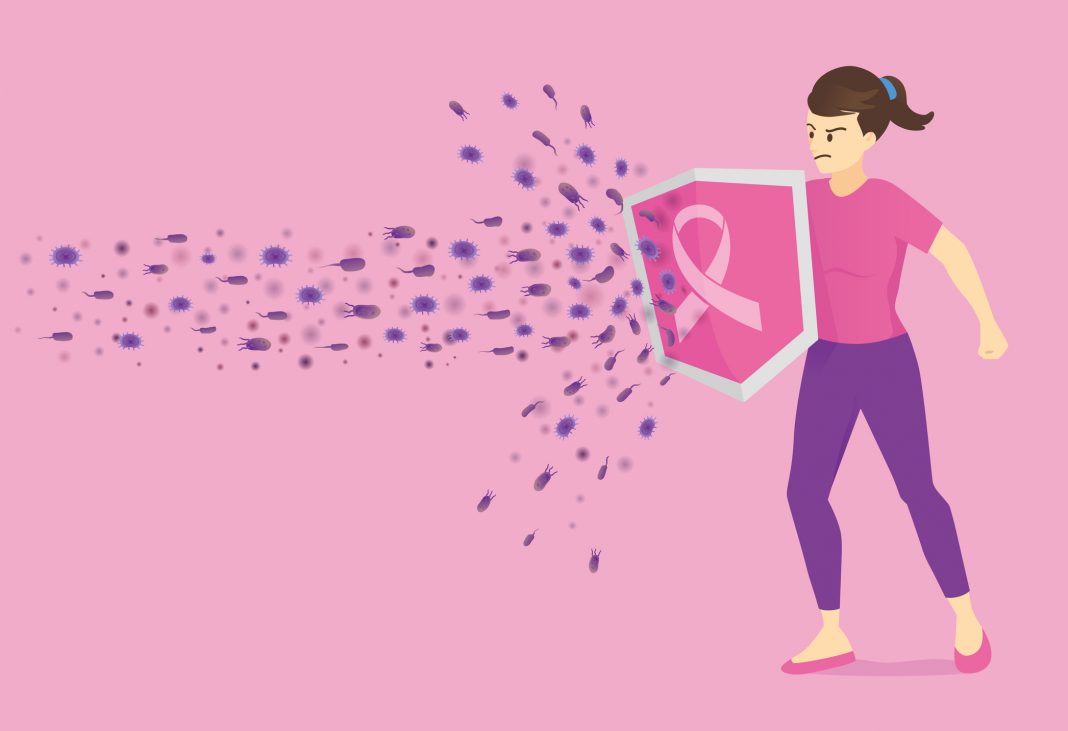Domestic violence in families
Domestic Violence Dynamics - What Domestic Abuse What It Does to Family
Dating Violence | Immigration | State of DE – Domestic Violence Policy
A. Definition and Scope of Problem
Domestic Violence is any abusive act between family members, ex-spouses, intimate cohabitants, former intimate cohabitants, dating couples and former dating couples in which one party seeks to gain/maintain power and control over the other partner. Couples or former couples can be of the same or opposite sex.
Domestic violence can be physical, sexual, emotional, economic, or psychological actions or threats of actions that influence another person. This includes any behaviors that intimidate, manipulate, humiliate, isolate, frighten, terrorize, coerce, threaten, blame, hurt, injure, or wound someone.
Two Categories of Domestic ViolenceDomestic Violence consists of “Intimate Partner Violence,” which includes current and former spouses, current and former dating couples with or without a child in common and dating couples. This type of violence can occur among heterosexual or same-sex couples and does not require sexual intimacy. IPV can vary in frequency and severity. It occurs on a continuum, ranging from one hit that may or may not impact the victim to chronic, severe battering.
Domestic Violence also includes “Non-Intimate Partner Violence,” which is violence between individuals who are not intimate partners, but have a familial relationship, such as, mother/adult son, or brother/sister.
Domestic violence not only affects those who are abused, but also has a substantial effect on family members, friends, co-workers, other witnesses, and the community at large. Children, who grow up witnessing domestic violence, are among those seriously affected by this crime. Frequent exposure to violence in the home not only predisposes children to numerous social and physical problems, but also teaches them that violence is a normal way of life – therefore, increasing their risk of becoming society’s next generation of victims and abusers.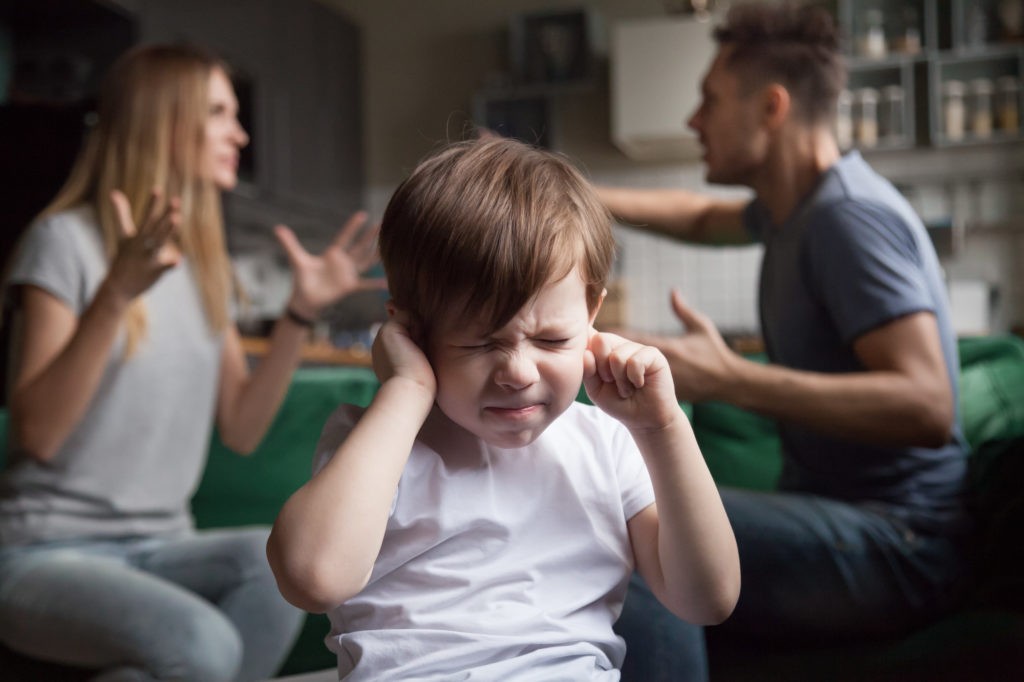
Violent and abusive behavior in relationships results from a complex mix of learned behavior, cultural values and historical precedent
- Witnessing violence between one’s parents or caretakers is the strongest risk factor of transmitting violent behavior from one generation to the next.
- Media portrayals of relationships are often violent and highly sexualized. Conflicts between partners are characterized by verbal and physical aggression. The level of generalized violence in the media including movies, television shows and video games contributes to a culture that accepts violence as a means of expression.
- It is important to note that domestic violence is not caused by the victims’ behavior, the use of alcohol or drugs, stress or mental illness.
- Those who abuse make a choice to engage in abusive behavior because they can – and because it works to get what they want.
Characteristics of victims and perpetrators
Who Are the Victims?
Victims of domestic violence can belong to any socioeconomic, ethnic or racial group.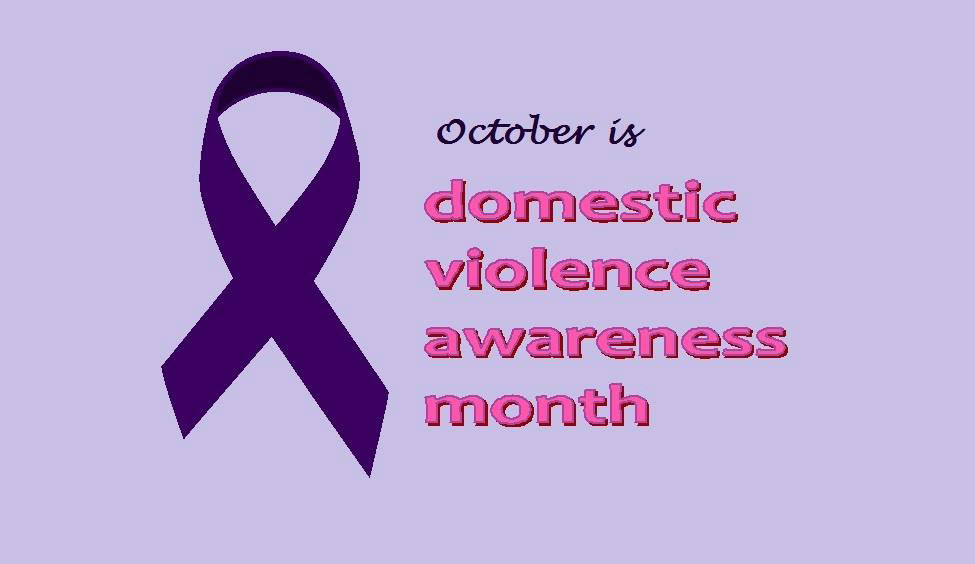
- Old and young, female and male, gay and straight.
- Abuse may affect their ability to get or keep a job, maintain contact with friends and family, and develop connections within their communities.
- Domestic violence may have long term effects on a person’s physical and emotional well being.
Who Are the Perpetrators?
Perpetrators also belong to any socioeconomic, ethnic or racial group.
- Old and young, female and male, gay and straight.
- They may have been abused as children or witnessed a parent or other family member being abused.
- Exhibit a pattern of jealous and controlling behavior that isolates, threatens, and frightens their partner.
- May see their partner as central to their existence.
- Can be violent only within the abusive relationship.
B. Power and Control Techniques
Physical violence is the most typical form of abuse associated with domestic violence. However, victims suffer many types of abuse at the hands of their partners. Sexual coercion and assault are frequently part of the dynamics of a violent relationship. In addition, the power and control tactics described below reflect the common experiences of many victims of relationship violence. These tactics are used by perpetrators of domestic violence to maintain power and control over their partners.
However, victims suffer many types of abuse at the hands of their partners. Sexual coercion and assault are frequently part of the dynamics of a violent relationship. In addition, the power and control tactics described below reflect the common experiences of many victims of relationship violence. These tactics are used by perpetrators of domestic violence to maintain power and control over their partners.
This Power & Control Wheel (below) shows the kinds of behavior perpetrators use to gain and maintain control over their victim. Domestic violence abuse is never an accident. It is an intentional act used to gain control over the other person. Physical abuse is only one part of a whole series of behaviors an abuser uses against his/her victim. Violence is never an isolated behavior. There are other forms of abuse, which are shown in the Power and Control Wheel.
Power and Control Wheel*
Power & Control Wheel (Spanish)*
The majority of domestic violence victims experience some combination of the power and control tactics described below.
Economic Abuse
The perpetrator maintains tight control over the couple’s finances and oversees what money the victim may have or spend. The perpetrator may not allow the victim to work; may sabotage any efforts the victim makes to get or keep a job and may require that the victim relinquish all earnings to the abusive partner.
Coercion And Threats
The perpetrator may threaten to harm the victim, victim’s children, other family members or family pet. They may also force the victim to engage in acts against her/his will or threaten to turn the victim into the Immigration and Naturalization Service, the Internal Revenue service or some other government agency. Threats of suicide by the perpetrator are also very common.
Intimidation
The perpetrator may try to intimidate the victim. This intimidation may occur through menacing looks or expressions, destroying property in front of the victim or by hurting or killing the family pets.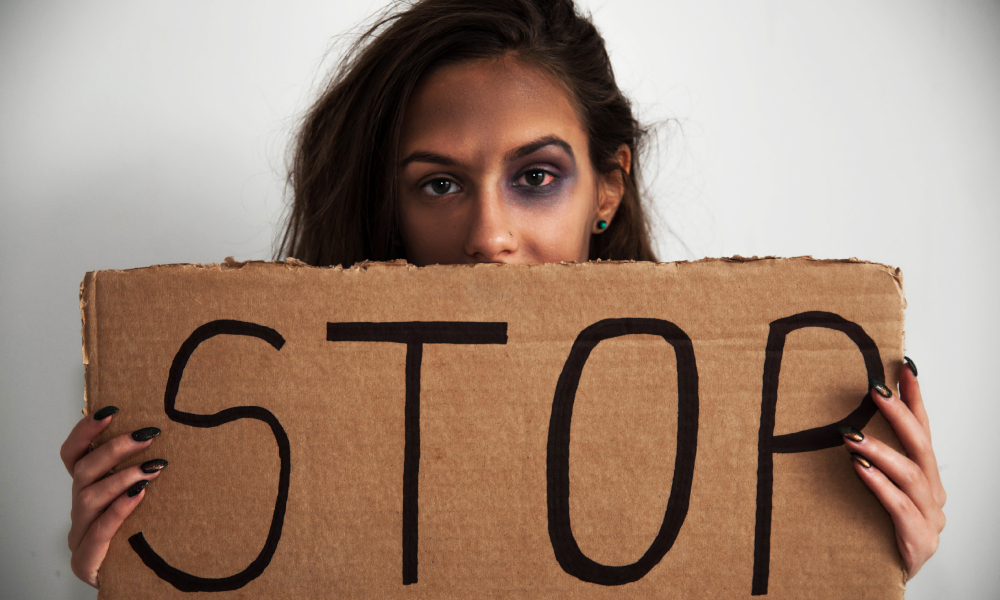 Also, the perpetrator may display weapons in front of the victim as a means of frightening her or him.
Also, the perpetrator may display weapons in front of the victim as a means of frightening her or him.
Emotional Abuse
The perpetrator may use emotional abuse to convince the victim that they are crazy or irrational, thus causing them to doubt their own beliefs, experiences or feelings. This emotional abuse, in the form of name calling, constant criticism and insults, is much more serious than the occasional argument. To the contrary, the perpetrator often continually humiliates and degrades her/his partner, thus wearing away at the victim’s self-esteem.
Isolation
The perpetrator often tries to isolate the victim from friends and family members. The victim may not be allowed to leave home without permission and may be forbidden from making telephone calls. Eventually, the victim can become completely cut off from anyone who might be able to help her/him escape from the abuse.
Minimizing, Denying, Blaming
The perpetrator is likely to minimize or even deny their actions even in cases where injury occurs.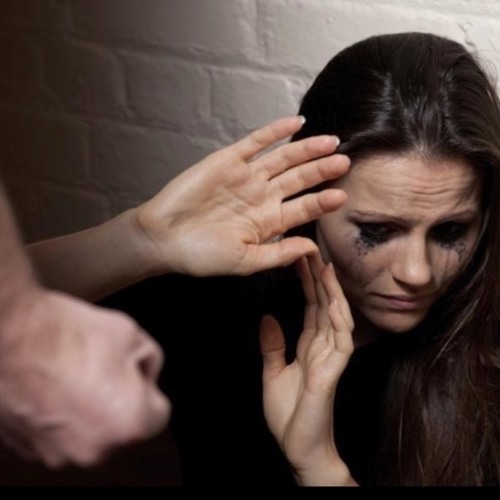 If the police were called, but did not make an arrest, the perpetrator may rely on their inaction to deny wrongdoing. Also, the abusive partner will often blame the victim for their violent behavior and all too often, the victim will accept at least some responsibility for the abuse perpetrated upon them.
If the police were called, but did not make an arrest, the perpetrator may rely on their inaction to deny wrongdoing. Also, the abusive partner will often blame the victim for their violent behavior and all too often, the victim will accept at least some responsibility for the abuse perpetrated upon them.
Using Children
Perpetrators may use the children to maintain control over the victim of the abuse. The perpetrator may threaten to harm the children or to kidnap them and flee the jurisdiction. Also, the perpetrator may tell the victim that if they leave, they will have abandoned the children and will lose custody forever. The victim can also be made to feel guilty for breaking up the family if she/he leaves the situation.
Using Male Privilege
Perpetrators may treat the victim like a servant, making all the important decisions, acting like the “master of the castle”, being the one to define men’s and women’s roles.
C. Cycle of Violence
The Cycle of Violence was first described by Lenore Walker in her 1979 work, The Battered Woman.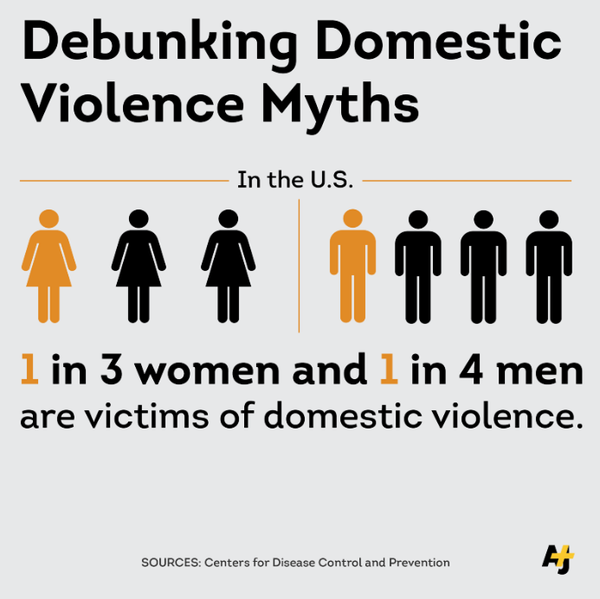 This model can be useful when trying to understand the complex dynamics that occur in violent or abusive relationships. The Cycle of Violence has been described has having three stages: the tension building stage; the violent episode; and the honeymoon stage. Each stage is defined by certain characteristics. During the tension building phase, the relationship is typified by increasing hostility and stress that may be accompanied by frequent arguments and perhaps limited violence. This stage may eventually escalate to a more serious incident of violent and/or abusive behavior. It is during this second phase that injury is most likely to occur. It is also at this time that the victim in an abusive relationship may seek some type of intervention or assistance. The violent episode is frequently followed by a third phase, often referred to as the honeymoon phase. This phase is characterized by remorse on the part of the perpetrator and hope for change on the part of the victim.
This model can be useful when trying to understand the complex dynamics that occur in violent or abusive relationships. The Cycle of Violence has been described has having three stages: the tension building stage; the violent episode; and the honeymoon stage. Each stage is defined by certain characteristics. During the tension building phase, the relationship is typified by increasing hostility and stress that may be accompanied by frequent arguments and perhaps limited violence. This stage may eventually escalate to a more serious incident of violent and/or abusive behavior. It is during this second phase that injury is most likely to occur. It is also at this time that the victim in an abusive relationship may seek some type of intervention or assistance. The violent episode is frequently followed by a third phase, often referred to as the honeymoon phase. This phase is characterized by remorse on the part of the perpetrator and hope for change on the part of the victim.
Although not all abusive relationships follow this cyclical pattern, the cycle of violence can help to explain what both the victim and the abusive partner are experiencing in many instances. The victim of abuse may be more interested in stopping the violence than in ending the relationship, while the perpetrator may be afraid his/her partner will want to leave. The honeymoon phase represents their efforts to repair and normalize the relationship and may provide the victim with hope that the batterer’s behavior will change. In addition, the difficulties involved in ending a violent relationship may seem overwhelming for the victim of domestic violence. Unfortunately, in many abusive relationships the violence will continue and may escalate over time without intervention.
The victim of abuse may be more interested in stopping the violence than in ending the relationship, while the perpetrator may be afraid his/her partner will want to leave. The honeymoon phase represents their efforts to repair and normalize the relationship and may provide the victim with hope that the batterer’s behavior will change. In addition, the difficulties involved in ending a violent relationship may seem overwhelming for the victim of domestic violence. Unfortunately, in many abusive relationships the violence will continue and may escalate over time without intervention.
Cycle of Violence
D. Why victims stay in abusive relationships
A frequently asked question regarding victims in abusive relationships is “why don’t they just leave?” While it seems a simple enough way to end the abuse, the reality is that leaving a violent/abusive relationship is anything but simple.
Leaving an abusive relationship does not guarantee an end to the abuse; rather, the abuse often escalates at the time of separation.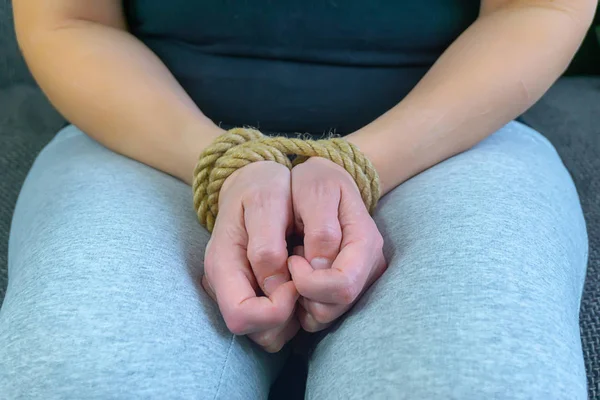 The most dangerous time for a victim can be when he/she attempts to leave or end the abusive relationship. Many domestic violence murder-suicides occur when the victim tries to end the relationship. Increased threats to children and other family members. The fact that many victims do leave or seek help is truly remarkable in light of the many barriers they face.
The most dangerous time for a victim can be when he/she attempts to leave or end the abusive relationship. Many domestic violence murder-suicides occur when the victim tries to end the relationship. Increased threats to children and other family members. The fact that many victims do leave or seek help is truly remarkable in light of the many barriers they face.
- increased danger to victim and children
- ifear of retaliation by the abuser
- lack of awareness of services
- lack of financial resources
- fear of losing custody of the children
- fear of not being believed
- religious, family and societal pressures
- shame
- denial of seriousness of abuse
- belief that the abuser will change/hope for a continued relationship
- lack of support network
- cultural and ethnic/racial barriers
Despite the many obstacles faced by victims, people continue to ask “why don’t they just leave?” It is time for us to change the dialogue.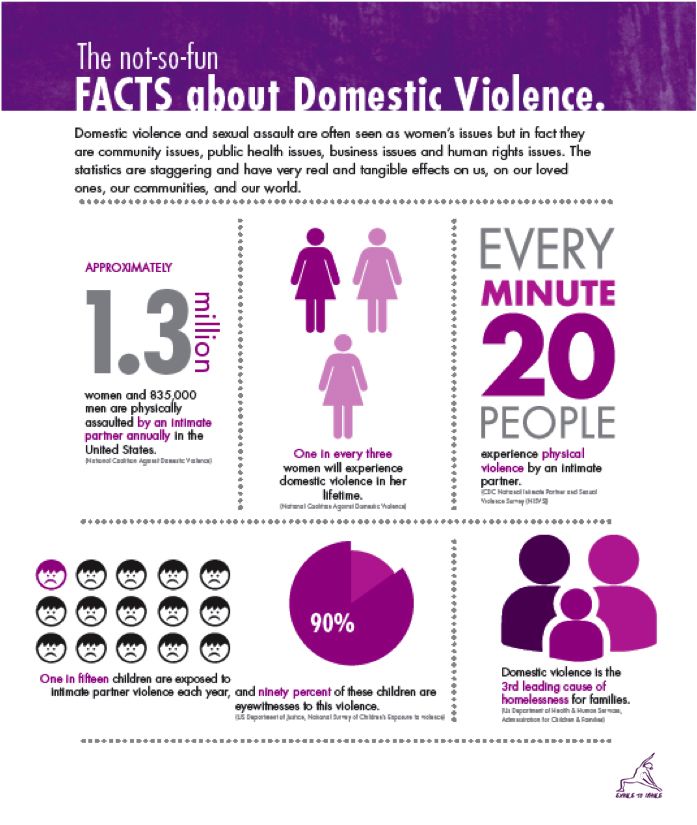 Instead of placing the burden on the victim to get out of the abusive relationship, it is time that we shift the focus to the person responsible – the abusive partner. Instead of asking why the victims will not leave, it is time that we ask instead, “why do people abuse and why is it allowed to continue?”
Instead of placing the burden on the victim to get out of the abusive relationship, it is time that we shift the focus to the person responsible – the abusive partner. Instead of asking why the victims will not leave, it is time that we ask instead, “why do people abuse and why is it allowed to continue?”
E. Impact of cultural issues on victims of domestic violence
Cultural differences can add further barriers to victims attempting to end abusive relationships.
- Courts, social service agencies, law enforcement and advocacy programs often lack fulltime interpreters to assist non-English speaking victims in filing complaints or accessing services.
- Victims from diverse cultures must work with programs and services that are unfamiliar with their language or customs and may seem unresponsive to their needs.
- Undocumented immigrant victims may be afraid to involve law enforcement out of fear that contact with the criminal justice system could result in deportation for the victim and/or their family.

Victims should be informed that reporting to the police or requesting a PFA from the courts will not subject him/her to deportation or removal proceedings.
F. Effects on Children
Children of all ages can be deeply affected by domestic violence
- Children who witness domestic violence are more likely to be in an abusive relationship when they grow up – whether as the abuser or the abused; and often experience anxiety, depression, eating and sleeping disorders and developmental delays and behavior problems.
- Delaware law recognizes that a child can be a witness to an act of domestic violence by sound as well as sight, acknowledging that a child may have only heard the violent act from another room, but nonetheless be a witness who is emotionally impacted by it. 11 Del. C. 8 §1102(a)(4)
Second Hand Abuse Wheel**
Infants – may not develop the appropriate attachments to their caretakers who are crucial to their development and may suffer “failure to thrive”.
Preschool Children – may regress developmentally and suffer sleep disturbances including nightmares.
School age Children – develop behavioral problems including: depression, anxiety, violence toward peers and difficulty with authority. In some cases the anxiety level can be so high children are afraid to attend school for fear of what will happen to the abused parent or younger siblings when they are not home.
Adolescents – have increased risk for repeating abusive behavior patterns in their dating relationships.
They are also at increased risk for alcohol and drug abuse, criminal behavior and eventual entry into the criminal justice system.
Adolescents are at risk of academic failure, school drop-out, delinquency, and substance abuse. Some investigators have suggested that a history of family violence or abuse is the most significant difference between delinquent and non delinquent youth.
Children who witness domestic violence may have the following symptoms
- eating, sleeping disorders;
- mood related disorders such as depression, emotional neediness;
- over compliance, clinginess, withdrawal;
- aggressive acting out; destructive rages;
- detachment, avoidance, a fantasy family;
- somatic complaints;
- finger biting, restlessness, shaking, stuttering;
- school problems, and
- suicidal ideations.
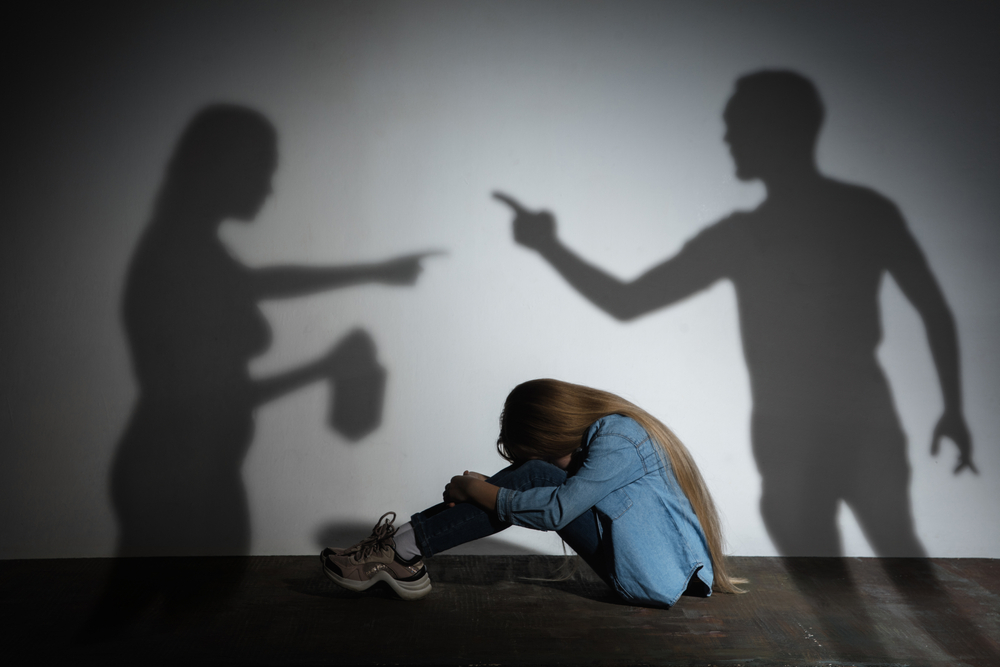
* Used with permission from the Domestic Abuse Intervention Project, Duluth, Minnesota, January 2002.
** Document courtesy of Ms. Kristina Korobov, Sr. Attorney for the National Center for the Prosecution of Violence Against Women.
Taken from: Domestic Violence, Resource Manual for Healthcare Professionals (prepared by the Domestic Violence Coordinating Council), 2011
Related Topics: abuse, advocates, children, domestic violence, Domestic Violence Coordinating Council, DVCC, dynamics, family, immigrant, policy, service providers, victims
What is domestic and family violence?
Domestic violence
Domestic and family violence is a crime. It’s when there is violent, abusive or bullying behaviour or actions towards a partner or former partner to scare and control them. It can happen at home or outside the home. It causes fear and harm to the body, mind and spirit.
Domestic and family violence can happen to anyone.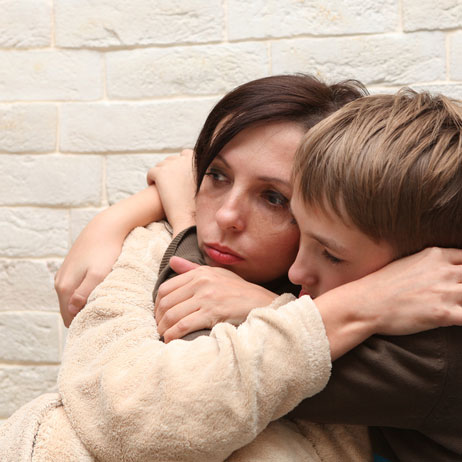 It happens:
It happens:
- in every community
- in all cultures
- to young and old
- to wealthy and poor
- in any profession and level of education.
It’s usually a man who is violent towards the woman he's in a relationship with. But domestic and family violence can be between:
- married and de facto couples
- separated or divorced couples
- former partners and exes
- boyfriends and girlfriends
- LGBTIQ (lesbian, gay, bisexual, transgender, intersex, question) couples
- carers
- relatives
- long-term residents in a residential facility, such as a retirement village
- extended family or kin in Aboriginal communities.

Family violence
Many Aboriginal and Torres Strait Islander people prefer to use the term "family violence" when referring to intimate partner abuse. Family violence can also include abuse that occurs in the community between siblings, parents, children, grandparents, aunts and uncles.
The NSW Government describes 'family' as having "a broader definition and includes people who are related to one another through blood, marriage or de facto partnerships, adoption and fostering relationships, sibling and extended family relationships. It includes the full range of kinship ties in Aboriginal and Torres Strait Islander communities, extended family relationships, and constructs of family within lesbian, gay, bisexual, transgender, intersex or queer (LGBTIQ) communities. People living in the same house, people living in the same residential care facility and people reliant on care may also be considered to be in a domestic relationship if their relationship exhibits dynamics which may foster coercive and abusive behaviours. "
"
(from It Stops Here, 2014, p7)
Children and teens
Children and young people are also victims when they have to live with domestic violence, and it can be a form of child abuse.
Elder abuse
Older people are vulnerable to family violence. The abuser is usually a family member, such as an adult child, a spouse or a partner.
Abusive behaviour
Abusive behaviour isn’t just physical violence. It can be any behaviour meant to control, dominate, humiliate or scare the other person. Domestic and family violence can include lots of different types of abuse. A person doesn’t need to experience all of these types of abuse for it to be domestic or family violence.
Some examples of domestic and family violence are:
- punching, hitting, kicking, pushing, throwing things at a person
- stalking and harassing
- sexual assault (forcing sex or sexual acts)
- making threats, insults, put-downs
- controlling who they see and what they do
- controlling money
Domestic violence is also cyclical.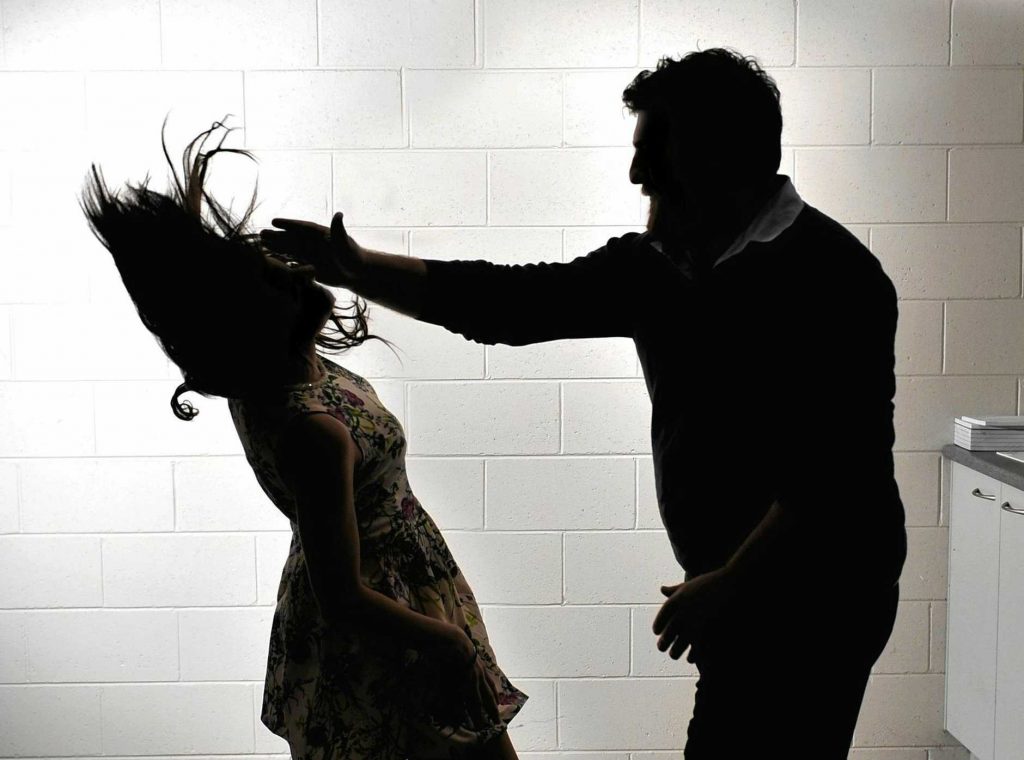 It means that there is a cycle of violence, a pattern, that the abuser repeats which stops the victim from leaving the relationship. Read about the cycle of violence.
It means that there is a cycle of violence, a pattern, that the abuser repeats which stops the victim from leaving the relationship. Read about the cycle of violence.
Facts about domestic and family violence
- 1 in 3 women experience physical or sexual violence, or both, perpetrated by someone they know.
- Of those women who experience violence, more than 50% have children in their care.
- Domestic and family violence is a factor in about 40% of all murders.
- At least 1 woman a week is killed by a partner or former partner in Australia.
- Aboriginal and Torres Strait Islander women experience far higher rates and more severe forms of family violence compared to other women.
- Domestic and family violence against women is the biggest reason women are homeless.
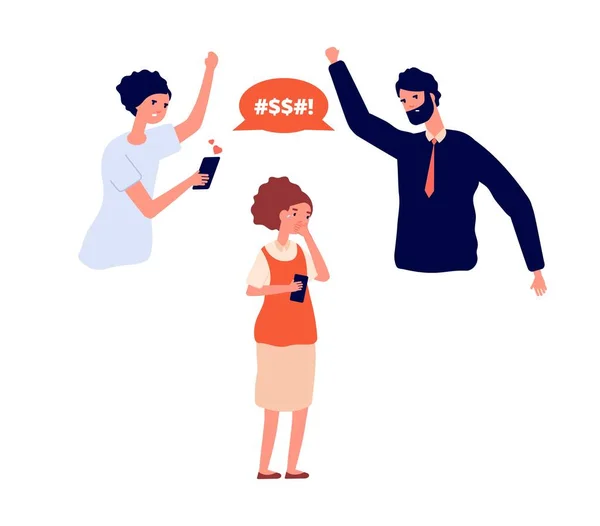 It’s also a common factor in child protection reports.
It’s also a common factor in child protection reports. - Around Australia, police attend a call-out about domestic and family violence on average once every 2 minutes.
(Source: police.nsw.gov.au)
Unreported as a crime
Most domestic and family violence assaults aren’t reported by victims because they:
- fear more violence
- feel ashamed
- think that the violence wasn’t worth reporting to police
- think they won’t be believed
- fear their children will never talk to them again or will be taken away
- fear being left homeless
- fear losing their residence visa or spousal visa.
Getting help
If you're unsure whether you're experiencing domestic or family violence, call:
Domestic Violence Line
1800 65 64 63
1800RESPECT
1800 737 732
Child Protection Helpline
132 111
NSW Elder Abuse Helpline
1800 628 221
More information
- The NSW Government publishes data and analysis about the progress towards general equality in NSW in the annual Women in NSW reports.
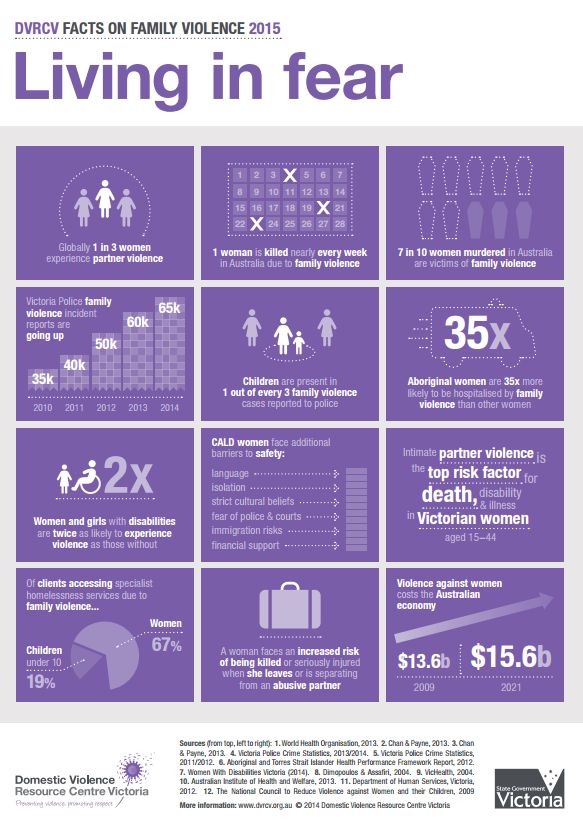 This includes information about safety and justice, such as domestic and family violence.
This includes information about safety and justice, such as domestic and family violence. - The NSW Bureau of Crime Statistics and Research (BOCSAR) publishes crime statistics about domestic and family violence in NSW.
What is domestic violence
Domestic violence is a deliberate emotional or forceful coercion/action of one person against another person, carried out for a specific purpose, contrary to the consent, will and interests of the victim.
The main difference between domestic violence and other types of violence is that it occurs between people who are close or related.
What is domestic violence? is the intentional use of various forms of physical, sexual, psychological and economic violence by one family member against another, resulting in bodily injury, emotional trauma, developmental disabilities or various types of damage.
Types of violence:
Physical violence - direct or indirect influence on the victim with the intent to cause physical harm, expressed in mutilation, severe bodily harm, beating, kicking, slapping, pushing, slapping, throwing objects and etc.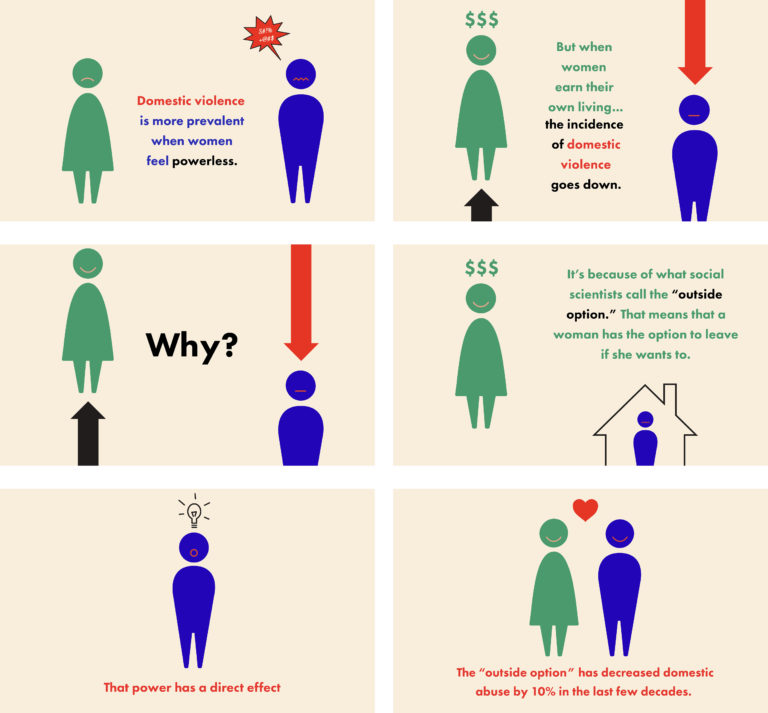
Sexual violence - violent acts in which a person is forced against his will to any form of sexual relations by force, threat or deceit.
Psychological - harm to the psychological health of a person, manifested in insults, intimidation, threats, blackmail, control, etc.
Economic violence - financial support, full control over costs.
Medical abuse – negligence and delay in dispensing medicines, intentional overdose of a medicine or, conversely, deliberate refusal of a patient to receive the necessary medicine.
Neglect - irresponsibility or inability to provide a person with the necessary conditions for life: food, drink, clean clothes, safe and comfortable housing, personal hygiene products, medical care, and more.
Pronounced signs of violence:
Physical abuse:
- marks of blows, scars, cuts on the hands, face, legs and other parts of the body;
- fractures or contusions;
- burn marks;
Sexual abuse:
- sexual touching of a person without his consent;
- forcing a person to undress;
- forcing a person to have sexual contact with him.
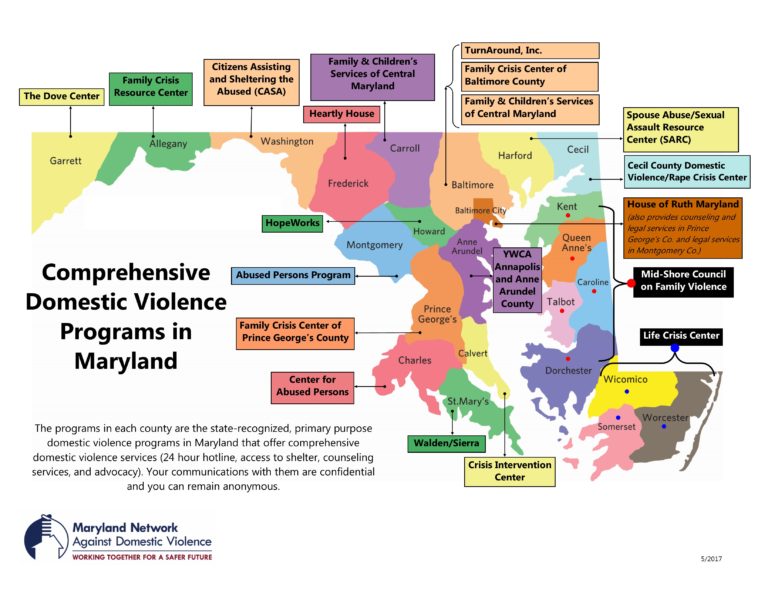
Psychological abuse:
- constant shouting and threats towards a person;
- swearing and using obscene words;
- humiliation of a person;
- ignoring a person when he asks for something.
Financial exploitation:
- ordering services, donations or unnecessary expenses;
- unexpected financial problems or loss of money;
- using a bank card when a person cannot walk;
- loss of money in a bank account or cash.
All types of violence are closely interrelated. If the aggressor in the family practices physical violence, of course, this causes mental trauma, and not just physical pain. Economic violence is often based on manipulation and control. There are usually physical injuries and consequences behind sexual assault. As a rule, it is difficult to imagine a situation where the aggressor uses only one type of violence, often the victims suffer from the simultaneous manifestation of its various types.
1. Increasing tension in a relationship
Dissatisfaction in relationships increases and communication between family members is disrupted. On the part of the aggressor, planning and “preparation” take place. He/she can visualize the next attack. He/she enjoys the power of fulfilling his/her fantasy. In most cases, the perpetrator is not aware of this internal "preparation" for various reasons. One of them may be the learned "script" of relations in the parental family.
2. Violent incident
An outbreak of verbal, emotional or physical abuse occurs. Accompanied by rage, arguments, accusations, threats, intimidation.
3. Reconciliation
The offender apologizes, explains the reason for the cruelty, shifts the blame on the victim(s), sometimes denies what happened or convinces the victim(s) of exaggerating the events.
It is difficult for the victim, and sometimes it is unbearable for the rapist to be in a state of tension associated with the fact of violence. Therefore, in order to get rid of the "heavy burden" of responsibility, he / she takes some action. The abuser makes excuses and blames the victim for the reason for their behavior. As a rule, the victim is blamed for her behavior. For example, "If you cleaned the house, I wouldn't have to hit you" or "If you cooked dinner on time, I wouldn't have to hit you." A person who practices violence does not repent of hurting his victim. He may apologize, but to avoid possible punishment. The purpose of this stage is to ensure their impunity.
Therefore, in order to get rid of the "heavy burden" of responsibility, he / she takes some action. The abuser makes excuses and blames the victim for the reason for their behavior. As a rule, the victim is blamed for her behavior. For example, "If you cleaned the house, I wouldn't have to hit you" or "If you cooked dinner on time, I wouldn't have to hit you." A person who practices violence does not repent of hurting his victim. He may apologize, but to avoid possible punishment. The purpose of this stage is to ensure their impunity.
4. Honeymoon
This is a difficult stage. After abuse, the abuser can turn into the caring, loyal, charming and kind person that she, the victim, fell in love with him. He/she can take him/her to a restaurant, buy flowers, assure her/him that he/she will change. The goal is to keep the victim in the family and maintain a semblance of well-being. The violent incident is forgotten, the offender is forgiven. Many women/men return to their abusive partners for this period when “everything is so good!”, “as if at the beginning of our acquaintance!”, “how he/she loves me!” .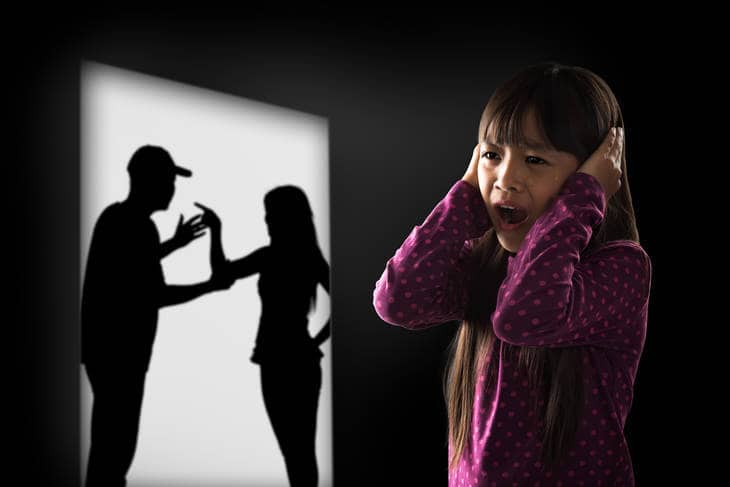 After the honeymoon, the relationship returns to stage one and the cycle repeats. As time progresses, each phase becomes shorter, violent outbursts become more frequent and cause more damage.
After the honeymoon, the relationship returns to stage one and the cycle repeats. As time progresses, each phase becomes shorter, violent outbursts become more frequent and cause more damage.
law in Russia, statistics, help, rights
The problem of domestic violence is acute in Russia – thousands of women die every year from assault in the home. A draft law on the prevention of domestic violence has been discussed for several months now. It is assumed that the new document will ensure the protection of the rights of victims of violence, give them the opportunity for psychological rehabilitation and help with social adaptation. We figure out when the law on domestic violence will be adopted and the spouses who dissolve their hands will begin to be punished.
What is domestic violence
Domestic violence is called differently - domestic, family, partnership. But all these phrases have one meaning - violence occurs between people who are in personal relationships. Mostly they are spouses, partners or former spouses.
But all these phrases have one meaning - violence occurs between people who are in personal relationships. Mostly they are spouses, partners or former spouses.
It is important to distinguish between family conflict, which is one-off, and partner violence, which recurs regularly.
Conflict turns into the concept of "domestic violence" when it occurs according to the same pattern at least twice. This is a system of behavior of one family member in relation to another, which is based on power and control. According to psychologists, it has no specific reason, except for the fact that one of the partners seeks to control the behavior and feelings of the other and suppress him as a person at different levels.
Types of domestic violence
There are several types of domestic violence: physical, sexual, psychological and economic.
Physical abuse
Physical abuse is direct or indirect pressure on the victim to inflict physical harm, fear, pain, injury, other physical suffering or injury. In other words, it is control over the victim, it is also assault.
In other words, it is control over the victim, it is also assault.
This type is considered the most common in families - according to statistics, every third woman is beaten by a spouse or partner. This type includes not only beatings, but also strangulation, infliction of pain in the form of burns and other methods of causing bodily harm, up to murder, as well as evasion of first aid, sleep deprivation, forced use of drugs or alcohol. Causing physical harm to other family members and animals for the purpose of psychologically influencing the victim is defined as an indirect form of physical violence.
Strangulation is recognized as the most deadly form of physical violence. This is mostly a hidden problem because there are no external injuries. Many US states have even passed specific anti-suffocation laws.
Sexual abuse
Sexual abuse refers to the moment when a partner coerces his "victim" into sex or other forms of sexual activity through force, blackmail or threats. This is directly related to the concept of sex as a “marital duty” that a woman must perform regardless of her desire. In families where there is sexual violence, the woman “gives” and the man “takes”. Coercion to have sex under the guise of marital duty is also sexual abuse, since there is no marital duty. Sex in a healthy relationship always takes place by mutual consent expressed by both people, it brings pleasure, enjoyment and joy from intimacy with a partner.
This is directly related to the concept of sex as a “marital duty” that a woman must perform regardless of her desire. In families where there is sexual violence, the woman “gives” and the man “takes”. Coercion to have sex under the guise of marital duty is also sexual abuse, since there is no marital duty. Sex in a healthy relationship always takes place by mutual consent expressed by both people, it brings pleasure, enjoyment and joy from intimacy with a partner.
Rape is considered the most severe form of sexual violence. Consequences include unwanted pregnancies, sexually transmitted diseases and psychological trauma. Women who have experienced rape have problems in bed with a new, adequate partner in the future.
According to statistics, only 10-12% of victims of sexual violence in Russia go to the police. This is hushed up, it is not pleasant and embarrassing to talk about, especially if the rape happened at home by a partner.
Forms of sexual violence also include showing genitals, showing pornography, sexual contact, physical contact with genitals, looking at genitals without physical contact, using a partner to produce pornography.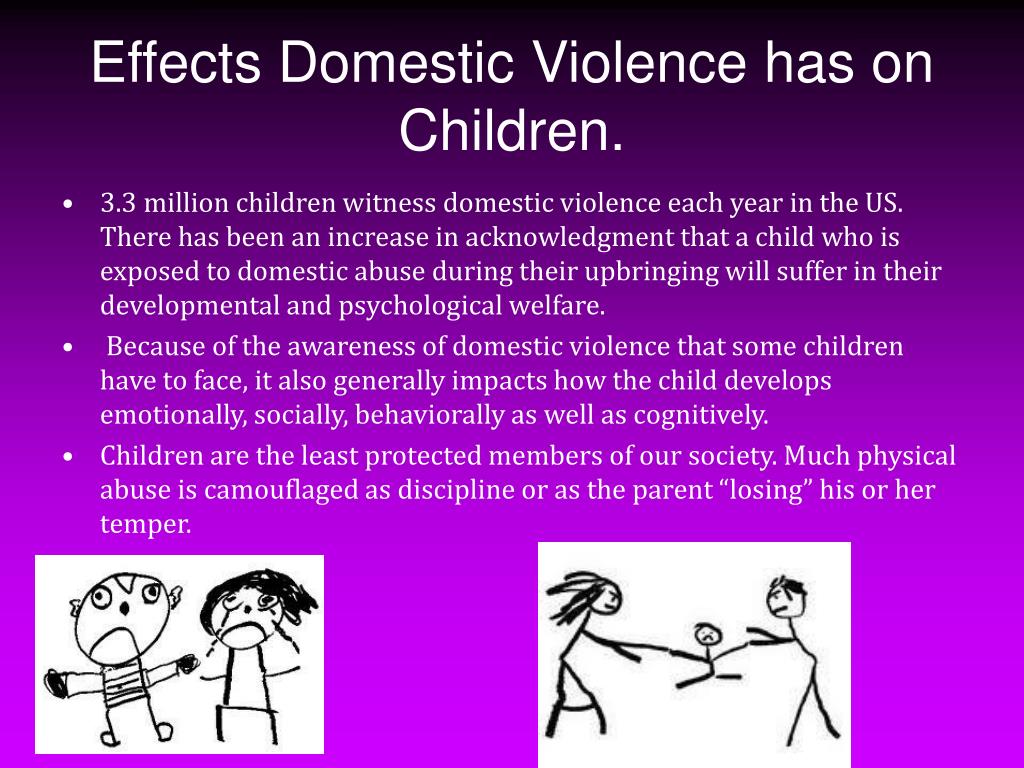
Psychological violence
Psychological violence is threats, blackmail, manipulation and insults. This type of violence occurs mainly with the participation of children. The Fiend uses them as hostages to the point of threatening to harm the children if the partner does not obey him.
Psychological abuse is difficult to diagnose and virtually impossible to prove in court. Signs of psychological impact are rarely visible, and the consequences can be extremely severe. At first, these are offensive remarks (which are often called criticism), caustic jokes, especially and often public ones, any actions and statements, or vice versa, inaction degrading the dignity of the victim.
If a partner forbids meeting friends, relatives, visiting some places, working or studying, this is also psychological abuse and, therefore, you live with an abuser.
Someone who engages in psychological abuse often manipulates, threatens, and instills feelings of guilt. B
This also includes humiliation and belittling of significance, depreciation of the partner's achievements.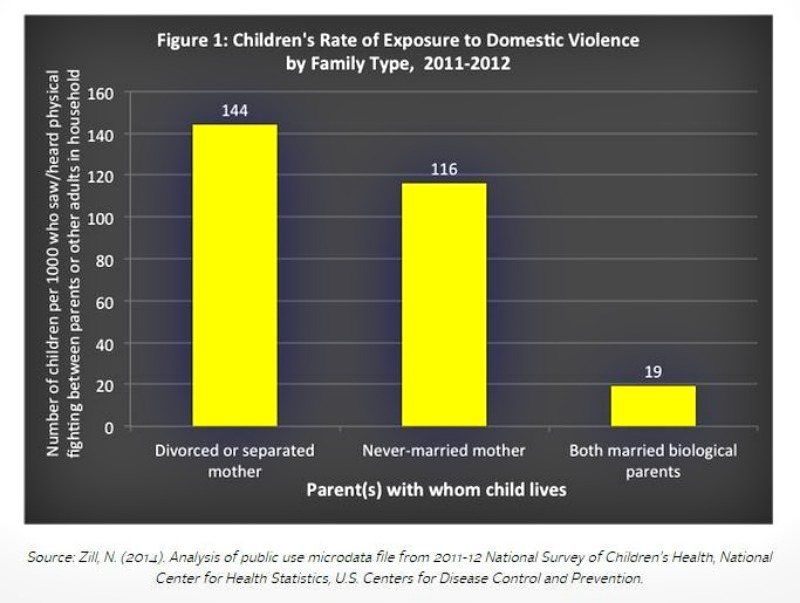
This form of communication is common not only among spouses and partners, but also between parents and children. In almost all cases, this leads the victim to serious psychological and emotional problems, and the help of a psychologist cannot be dispensed with.
Economic violence
Economic - the case when one partner deprives the other of financial freedom. It all starts simply - one of the partners / spouses completely takes the salary of the other and does not allow him to participate in financial decisions.
In the future, this is control over the financial and other resources of the family, the allocation of money to the victim for “maintenance”, extortion, coercion to extort. Often, this type of violence even includes a ban on education and / or employment, and the deliberate waste of family funds in order to create a tense environment. If a man gives money only for certain goods or buys them himself, does not let him go to work or study, this is also violence.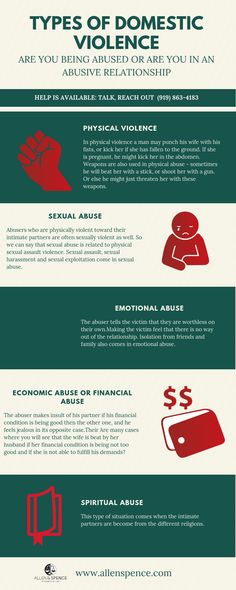
When one of the partners himself refuses to work, this is also a form of economic violence. In this case, he makes another work for two or interferes with his work because of his own complexes.
Law on Domestic Violence in Russia
Unfortunately, at the moment there is no special law on domestic violence in Russia. Men taken into custody for beating their wife are usually held under several articles of the Criminal Code of the Russian Federation: “Intentional infliction of grievous bodily harm”), 112 (“Intentional infliction of moderate bodily harm”), 115 (“Intentional infliction of minor bodily harm”) 116 ( "Beatings") and 119(“Threat to kill or cause grievous bodily harm”), 105 “Murder”. None of the articles contains such a clause as a crime committed against a spouse/partner.
According to human rights activist, head of the No Violence project Anna Rivina , cases initiated under the criminal article “minor harm to health” and “beatings” are cases of private prosecution.
- After such statements, a man is most often sent on bail not to leave, the article is not heavy. And he continues to live with his victim in the same walls. Presses. Demands that she take the application, - said the specialist.
The problem is often that the victims are often not interested in bringing a case against their partner. It still seems to women that “you can’t wash dirty linen in public”, “you can save your family” and “we’ll sort it out ourselves”, “it won’t happen again.”
— Often the victim of domestic violence underestimates the level of danger. And even if, for example, she is regularly beaten, she is not always aware of herself as a victim - this awareness seriously affects self-worth and identity. To realize this is shameful and unpleasant. Usually the psyche is not ready for this, and it tries to compensate by justifying the rapist and attributing aggressive and provocative behavior to itself. I often hear from clients who have experienced violence: “It was I who brought him”, “It was I who provoked him”, but, having figured it out, we come to the conclusion that this is a defense mechanism and in reality everything was not like that, - says practicing psychologist Elena Sadykova .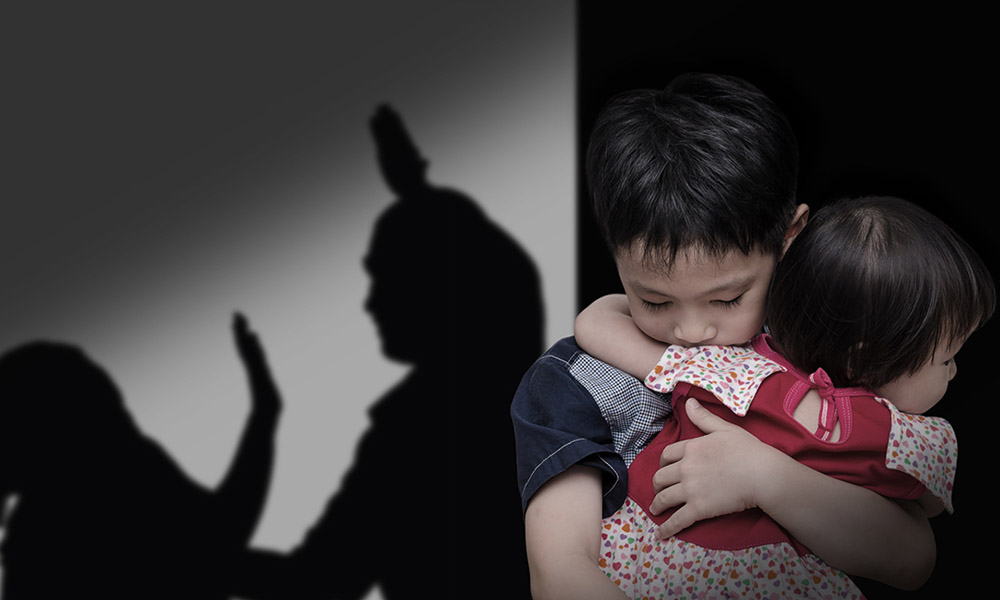
If we take Articles 115 and 116, they refer to cases of private prosecution. In this case, the victim must remove the beating, find witnesses, and then act as an accusation. This slows down women, and they refuse to initiate proceedings.
On November 29, 2019, a bill prepared by senators and deputies was published. The draft law “On Amendments to Article 20 of the Code of Criminal Procedure of the Russian Federation” was prepared in one package with the draft federal laws “On the Prevention of Domestic Violence in the Russian Federation” and “On Amendments to the Civil Procedure Code of the Russian Federation in Part of the Prevention of Family Violence” domestic violence."
No decision yet.
Popular Questions and Answers
Why are women mostly subjected to violence?
Women are the main victims of violence. It is they who receive eight times more grievous bodily and other injuries from their partners than men.
— Why are women most often the victims of violence? Men are naturally more aggressive, while women are physically weaker. During the period of birth and upbringing of children, they become even more vulnerable - it is even more difficult to get away from the aggressor. Plus, the patriarchal tradition of paying men more for work (proven by research): that is, after a break with a partner, it is more difficult for women to provide for themselves, commented practicing psychologist Elena Sadykova .
What to do if a child is beaten?
If you find out that your child's classmate/nephew/neighbour's boy is being beaten by parents, then you need to report this to the guardianship authorities. The service can even consider anonymous letters.
If you have contact with the parents, try talking to them first. You can offer to work with a psychologist - he will talk with the beating parent and the child himself. If the child is in school, then you can report information to the class teacher, if he goes to kindergarten - to the teacher.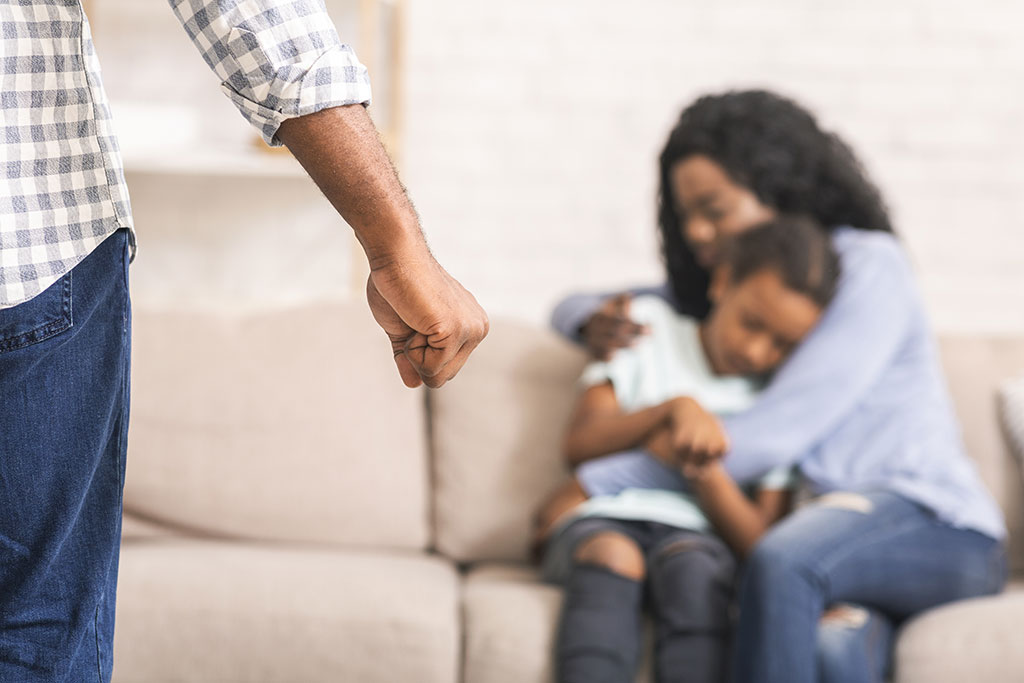
Where to turn for help if domestic violence occurs?
Crisis centers available in every city are ready to help women with problems. They will provide both psychological and legal support. The trouble is that women rarely seek help - after all, they initially consider themselves bad, terrible, disgusting.
- The victim often does not leave the aggressor for the reason that most of the time the monster is an exemplary husband and father of children. It’s like you live with a werewolf, one aspect of which you love, and the other you are afraid of. In addition, attachment to a person can be quite strong, and it does not disappear with a click, the psychologist continues.
All-Russian telephone number for women victims of domestic violence 8 (800) 700-06-00. www.anna-center.ru;
Helpline for emergency psychological assistance: 8 (495) 575-87-70;
Psychological assistance to women in difficult situations: 8 (495) 282-84-50.
Statistics of domestic violence in Russia
In Russia, according to data for 2019, about 77.


